20 Most Complicated Cars Ever Made

Some cars are simple, reliable machines designed to get you from point A to point B without a fuss. Others? Well, they’re puzzles wrapped in sheet metal, requiring specialized tools, years of expertise, and even an engineering degree just to change the oil.
Throughout automotive history, manufacturers have pushed the boundaries of innovation, sometimes creating vehicles so complex that even trained mechanics break into a sweat at the sight of them.
From cutting-edge hypercars with software glitches to luxury sedans packed with technology no one asked for, these 20 cars represent the most complicated vehicles ever built.
If you’ve ever struggled just to reset a digital clock in your car, imagine trying to repair a transmission controlled by NASA-grade computers.
1. Bugatti Veyron
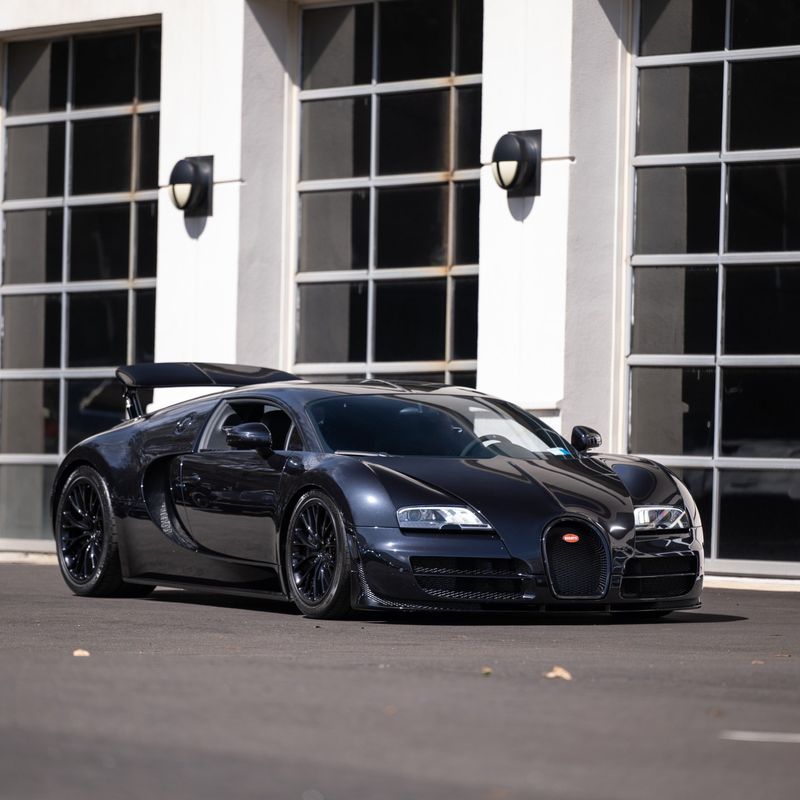
The Bugatti Veyron wasn’t just designed to break speed records—it was built to challenge the limits of automotive engineering. With its quad-turbocharged W16 engine, ten radiators, and an airbrake that deploys at high speeds, even routine maintenance requires an army of highly trained technicians.
A simple oil change? That’ll take 27 hours and involve removing the rear of the car.
2. Citroën DS
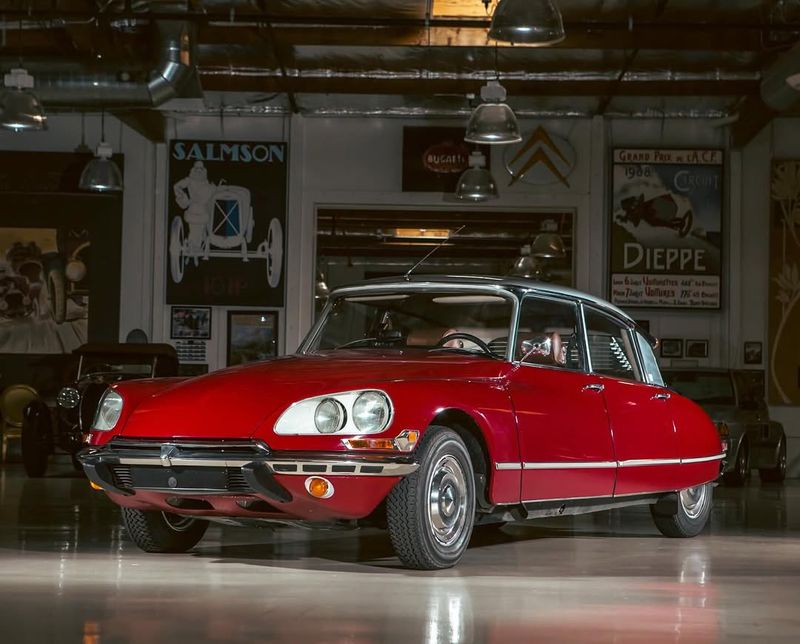
Citroën has always done things differently, but the DS took complexity to an entirely new level. Its hydropneumatic suspension system, which allowed it to glide over potholes like a hovercraft, was groundbreaking—but it also required a special pressurized fluid that leaked at the worst possible times.
Add in power-assisted steering, self-leveling headlights, and a semi-automatic gearbox, and you had a car that was ahead of its time… and also a nightmare to repair.
3. Mercedes-Benz 600 (W100)
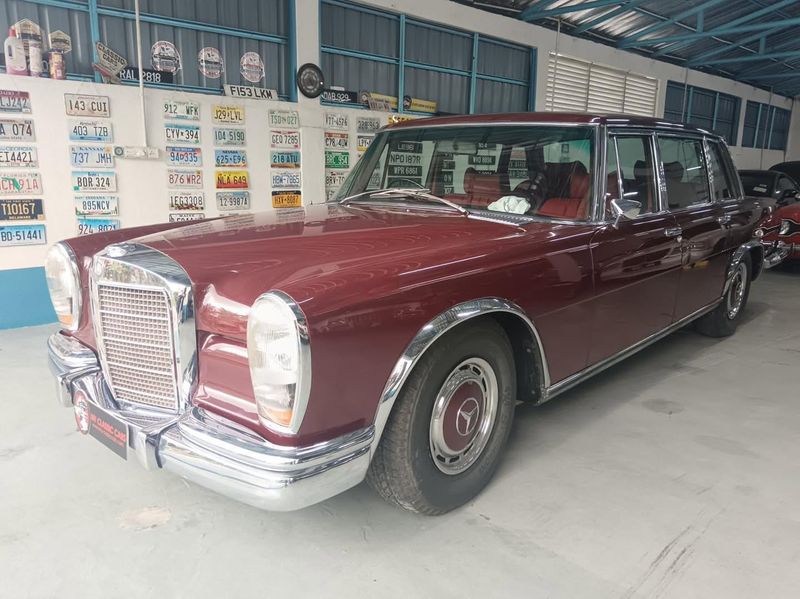
Want to roll down a window in the Mercedes-Benz 600? You’d better hope the hydraulic pressure system is working. Nearly every function in this luxury behemoth—from the windows to the trunk lid—was operated by an intricate network of high-pressure hydraulics, making even minor repairs an ordeal.
Celebrities and dictators loved it, but mechanics dreaded it.
4. Mazda RX-7 (FD)

Most cars use a piston engine, but Mazda decided to play by different rules with its Wankel rotary engine. The RX-7 FD’s high-revving, lightweight engine offered thrilling performance, but it also required meticulous maintenance.
The apex seals—crucial for sealing the combustion chamber—wore out quickly, leading to oil consumption and eventual failure. If you didn’t treat it like a fragile work of art, it would reward you with a very expensive repair bill.
5. McLaren F1
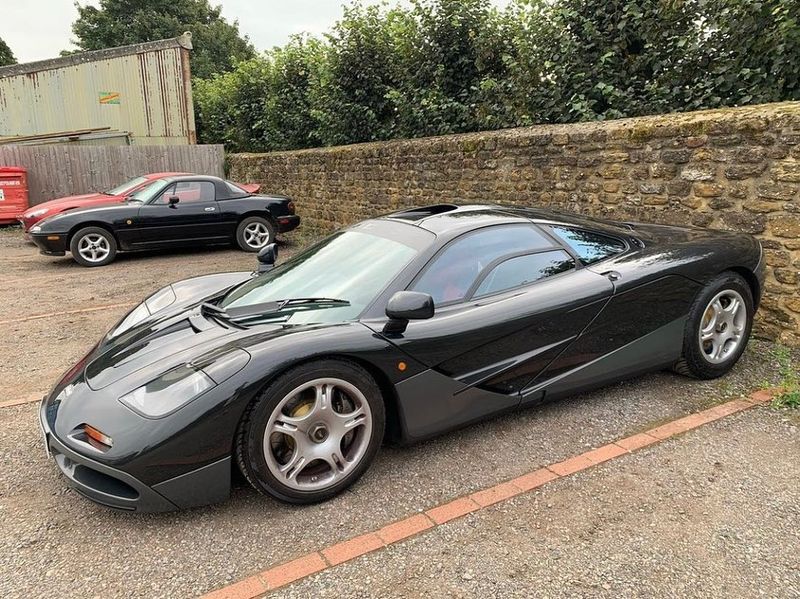
The McLaren F1 is one of the greatest supercars ever built, but it’s also one of the most complex. Its 6.1L BMW V12 engine is surrounded by gold-plated heat shielding to manage extreme temperatures, and routine maintenance requires flying out a McLaren specialist.
The car’s central driving position and custom toolset add to its uniqueness, making it as much a mechanical marvel as it is a masterpiece.
6. Audi A8 (D2)
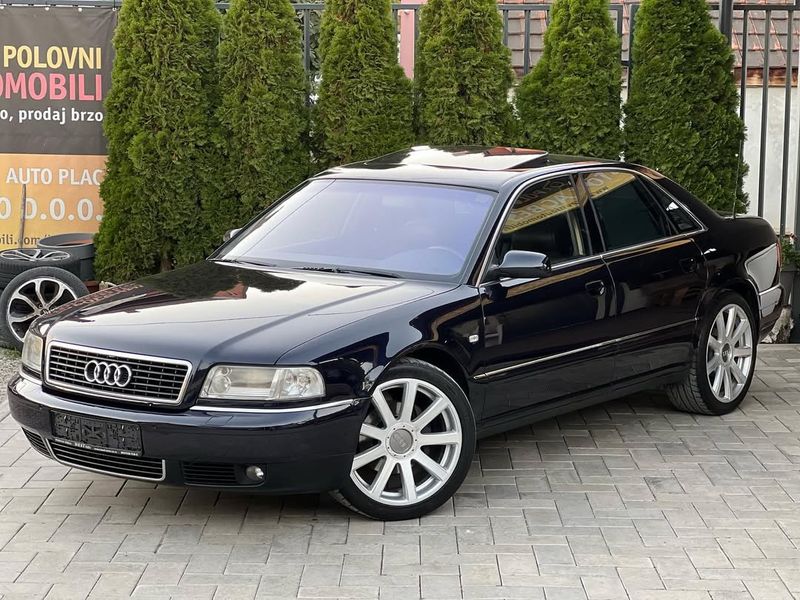
The first-generation Audi A8 was groundbreaking with its all-aluminum space frame, making it lighter and stronger than its rivals.
However, that same innovation turned repairs into a nightmare. Aluminum requires specialized welding techniques, and even minor dents could mean replacing large sections of the frame.
Combine that with Audi’s famously intricate Quattro all-wheel drive system, and you had a luxury sedan that wasn’t for the faint-hearted.
7. Ferrari F50

Ferrari decided to take a Formula 1 engine, slightly de-tune it, and drop it into a road car—thus, the F50 was born. With a 4.7L naturally aspirated V12 derived from Ferrari’s 1990s F1 cars, the F50 requires constant attention to keep running properly.
The engine is bolted directly to the chassis, making it an integral part of the car’s structure, which means routine engine servicing involves removing half the vehicle.
8. Tesla Model S Plaid
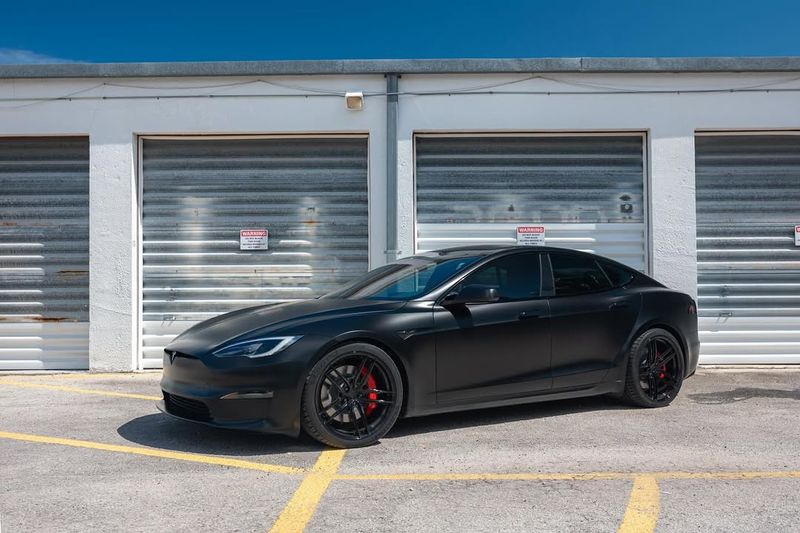
Electric cars are supposed to be simpler than gasoline-powered ones, right? Well, not if you’re Tesla. The Model S Plaid features a 1,020-horsepower tri-motor setup, but its complexity isn’t just mechanical—it’s software-driven.
The car relies on over-the-air updates, and even basic repairs can be locked behind proprietary software, making third-party fixes nearly impossible.
Add in a yoke-style steering wheel that confuses even seasoned drivers, and you’ve got a high-tech headache.
9. Lamborghini Miura
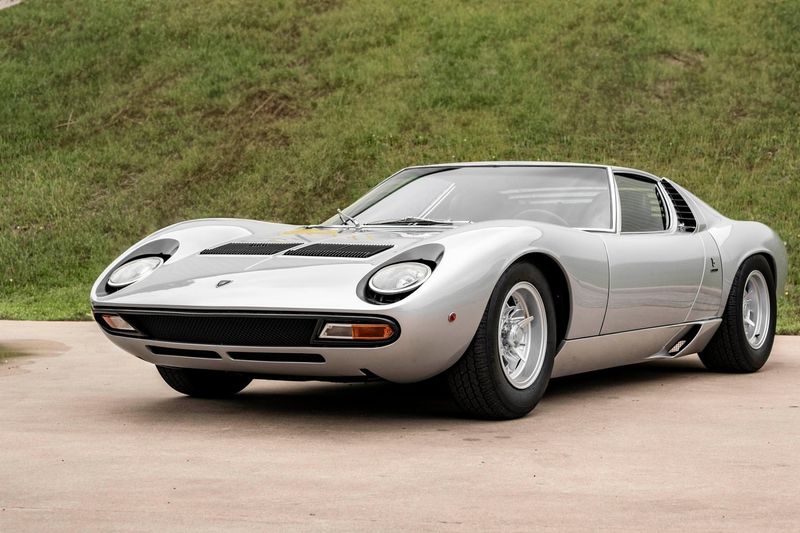
The Miura might be one of the most beautiful cars ever built, but its mid-mounted transversely positioned V12 engine was a packaging nightmare.
Cooling issues, fragile carburetors, and a shared lubrication system between the engine and transmission meant that a simple oil change required extreme precision.
If a mechanic wasn’t careful, the gearbox could get contaminated with metal shavings, leading to catastrophic failure.
10. Porsche 959

The Porsche 959 was the most advanced car of the 1980s, featuring twin-turbocharging, an adjustable suspension system, and an all-wheel-drive system controlled by a primitive onboard computer. It was so advanced that Porsche lost money on every unit sold due to the sheer cost of development.
Today, even minor repairs require Porsche’s Classic Division, as standard mechanics don’t have the expertise to deal with its advanced (for the time) electronics.
11. Rolls-Royce Silver Shadow
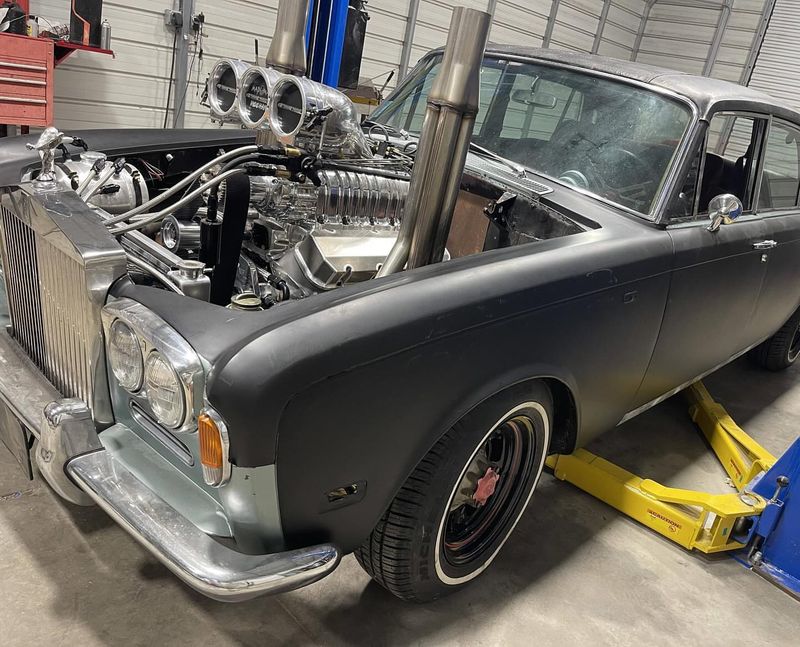
The Silver Shadow was Rolls-Royce’s first unibody car, but what really made it complicated was its dual hydraulic braking and suspension system, borrowed from Citroën.
It was an absolute pain to repair, with mechanics often needing to bleed six separate hydraulic circuits just to get the brakes working properly. And, of course, it was all hand-built, meaning no two cars were exactly the same.
12. Jaguar XJ220
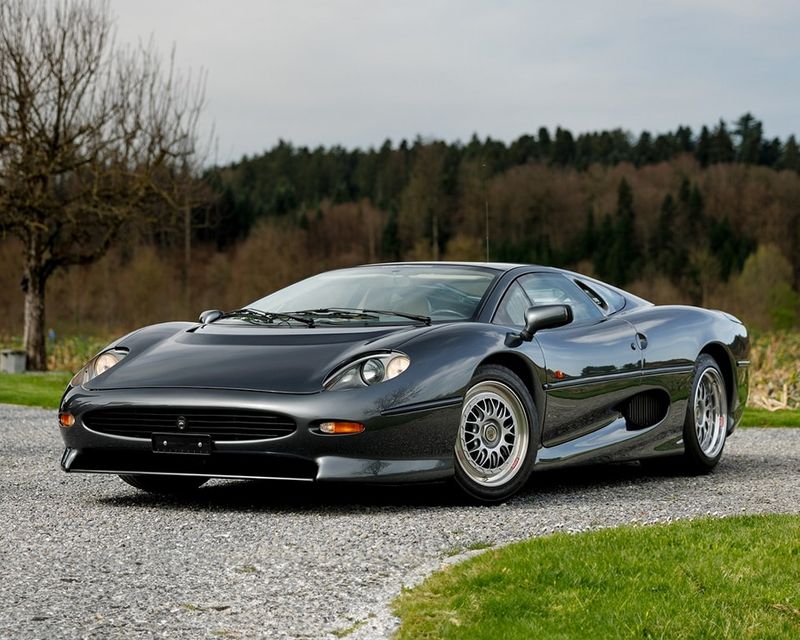
Originally envisioned with a V12 engine and all-wheel drive, the Jaguar XJ220 ended up with a twin-turbo V6 and rear-wheel drive instead—disappointing buyers who had already placed deposits.
Its racing-derived engine was incredibly sensitive and required frequent maintenance, with parts that were increasingly difficult to source.
The complexity wasn’t just under the hood—its massive scissor doors and unique aerodynamics meant repairs were costly and time-consuming.
13. Bugatti Chiron
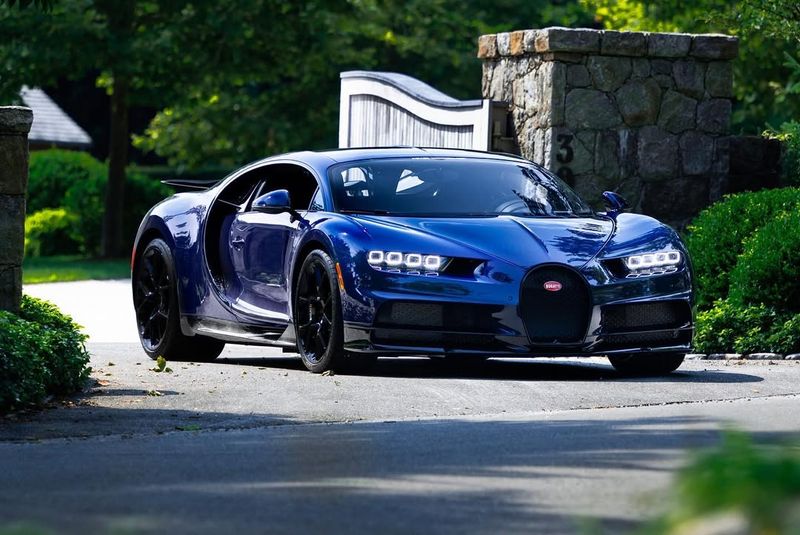
If you thought the Veyron was complex, the Chiron took it even further. With a quad-turbocharged 8.0L W16 engine producing 1,500 horsepower, it requires special Michelin tires that cost as much as a used car.
Like its predecessor, routine maintenance involves removing major body panels, and the car’s onboard software is so sophisticated that Bugatti has to remotely monitor every Chiron worldwide to keep them running smoothly.
14. Citroën SM
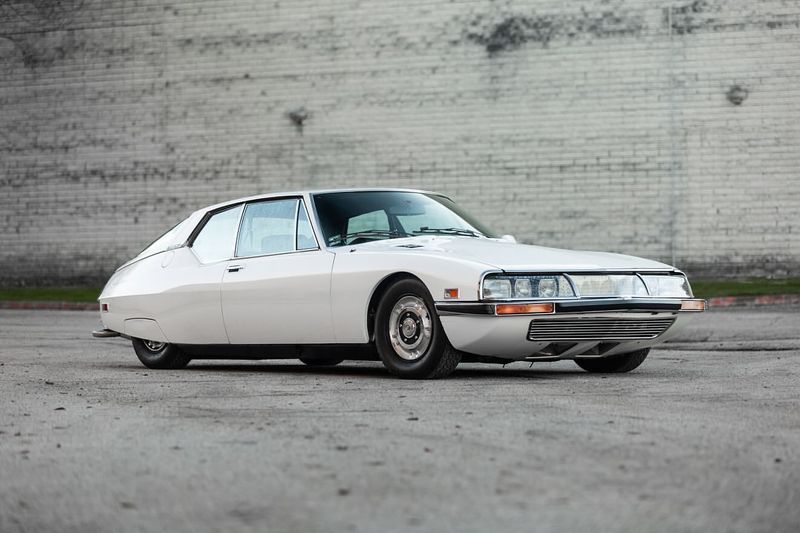
The Citroën SM was a futuristic marvel, featuring a hydropneumatic suspension, self-centering DIRAVI steering, and an Italian Maserati V6 engine—a combination that made mechanics run for the hills.
The suspension relied on pressurized fluid, and if not maintained properly, the car would literally sink to the ground.
Add in the complexity of sourcing Maserati engine parts, and owning an SM became an expensive experiment in patience.
15. Mercedes-Benz S-Class (W140)
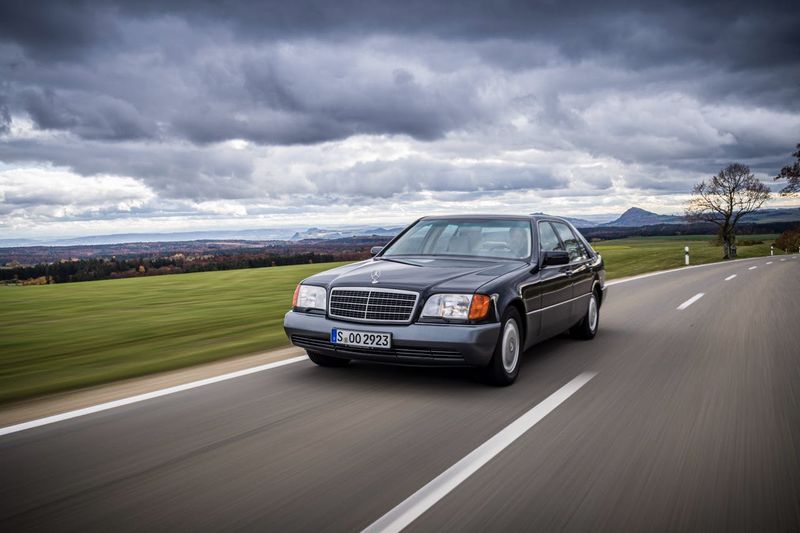
The W140 S-Class was Mercedes’ attempt to build the most advanced luxury car ever, and they might have overdone it.
It featured double-pane soundproof glass, self-closing doors, an early GPS system, and an electronically controlled braking system that was years ahead of its time—but also incredibly difficult to repair.
Even today, keeping a W140 running smoothly means finding old-school Mercedes specialists who understand its over-engineered electronics.
16. BMW i8
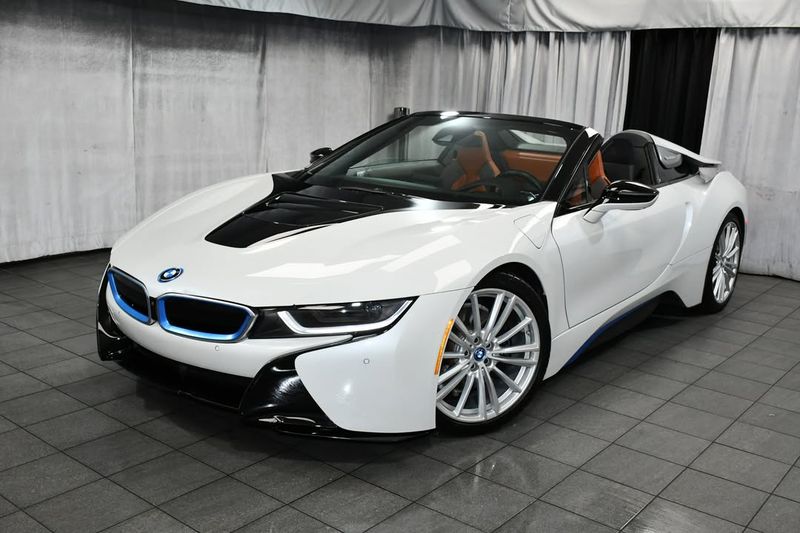
The BMW i8 looked like a concept car brought to life, but its futuristic design hid a surprisingly complex hybrid powertrain. It combined a turbocharged three-cylinder engine in the rear with an electric motor up front, creating a sophisticated all-wheel-drive system that required precise coordination.
Battery replacements were astronomically expensive, and the car’s unique carbon fiber chassis made repairs a nightmare if anything got damaged.
17. Chevrolet Corvette ZR1 (C4)
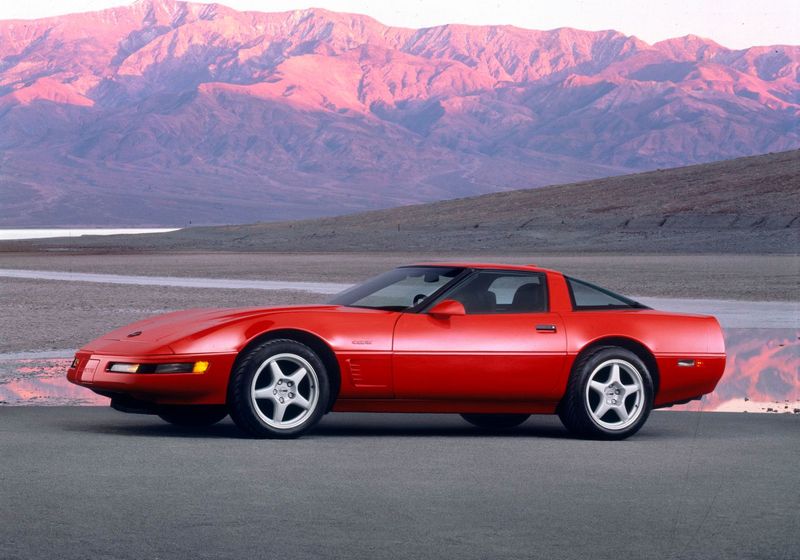
The C4 Corvette ZR1 was a beast in the early ’90s, thanks to its DOHC 32-valve LT5 V8—an unusual departure from Chevy’s traditional pushrod engines. The motor, developed by Lotus, was hand-built by Mercury Marine, making sourcing parts and mechanics who knew how to work on it an ordeal.
Even simple tasks like adjusting the camshaft timing were far more complex than a standard small-block Chevy.
18. Lexus LFA

The Lexus LFA took 10 years to develop, and Toyota made sure it was perfect down to the smallest detail. Its 4.8L V10 was co-developed with Yamaha, revving so fast that it required a digital tachometer because analog ones couldn’t keep up.
The carbon fiber body was built using a special loom Toyota developed specifically for this car, and because only 500 were made, spare parts are almost non-existent.
19. Alfa Romeo 166
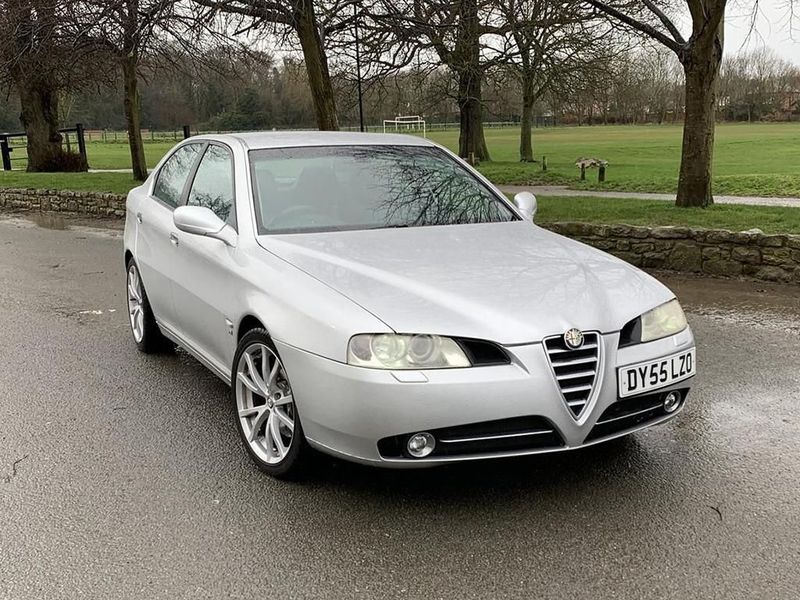
The Alfa Romeo 166 was a beautiful executive car with a quirky V6 engine, but it came with a web of electrical gremlins and oddball maintenance requirements. The timing belt had to be replaced every 40,000 miles, and getting access to the engine bay was a test of patience and ingenuity.
True to Alfa form, the car would randomly decide when it wanted to start—often leaving owners scratching their heads.
20. Koenigsegg Regera
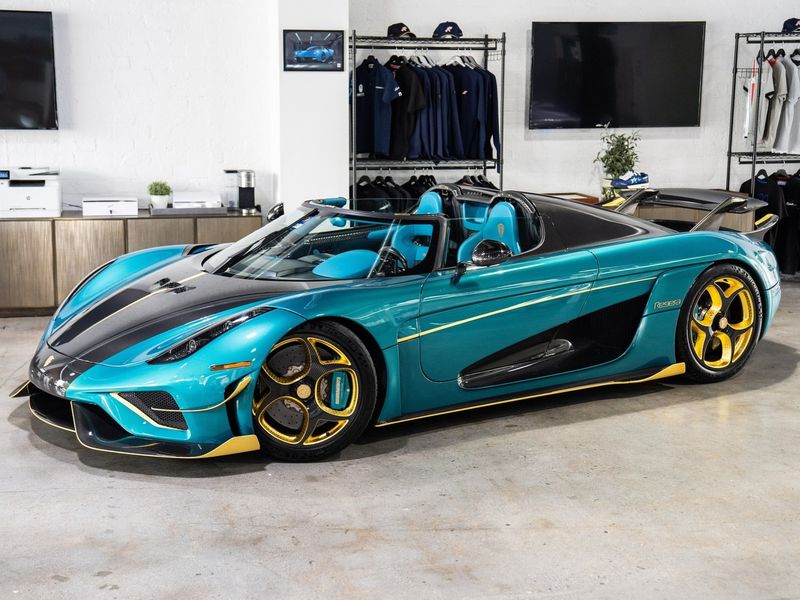
Koenigsegg reinvented the hypercar with the Regera, which eliminated a traditional gearbox in favor of a Direct Drive system—a setup that had never been tried before. Instead of shifting gears, the car uses an advanced hydraulic coupling to manage the power delivery of its 1,500-horsepower hybrid powertrain.
The result? Mind-blowing performance, but also a level of mechanical and software complexity that requires factory-trained technicians to keep it on the road.
